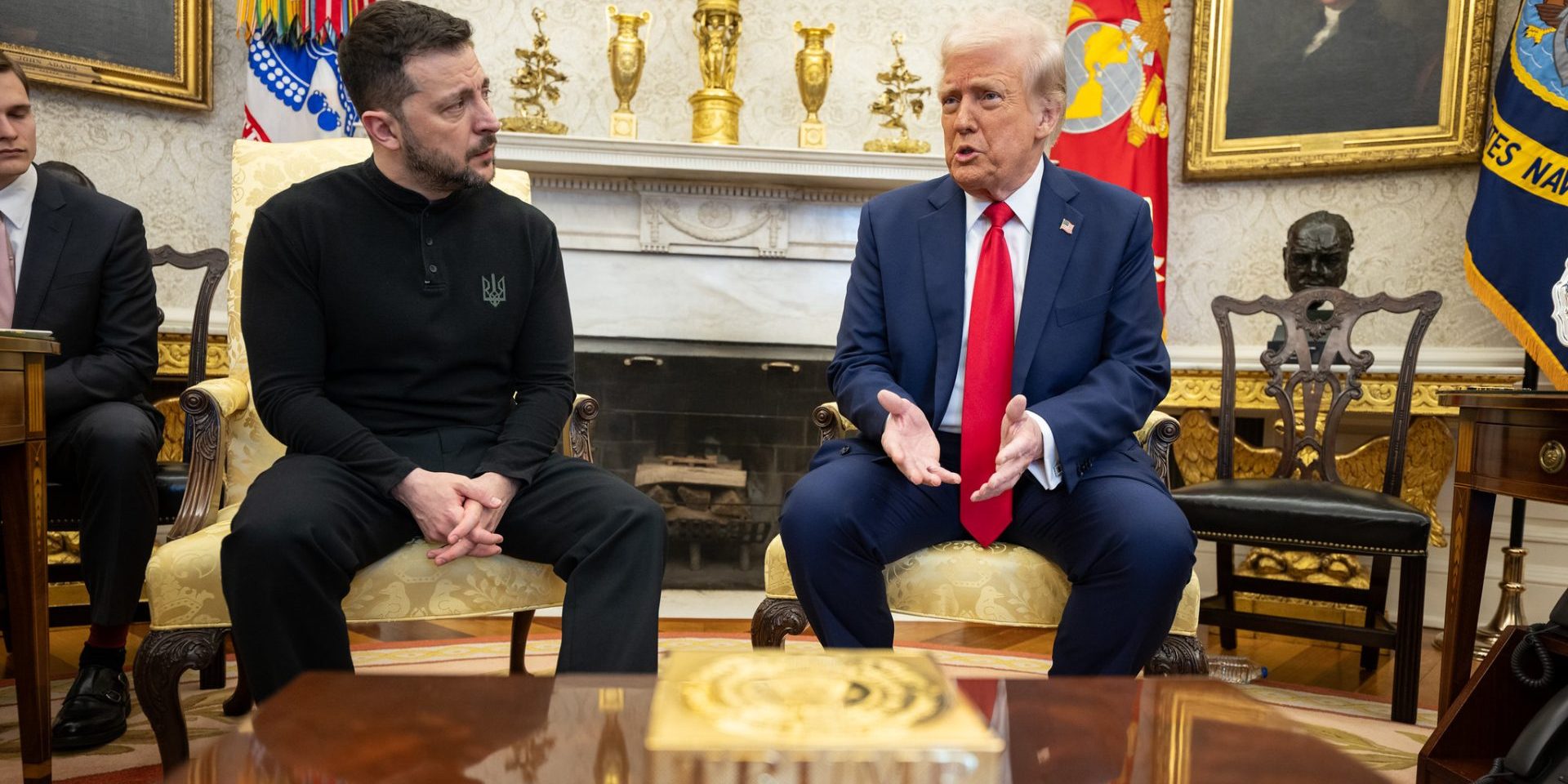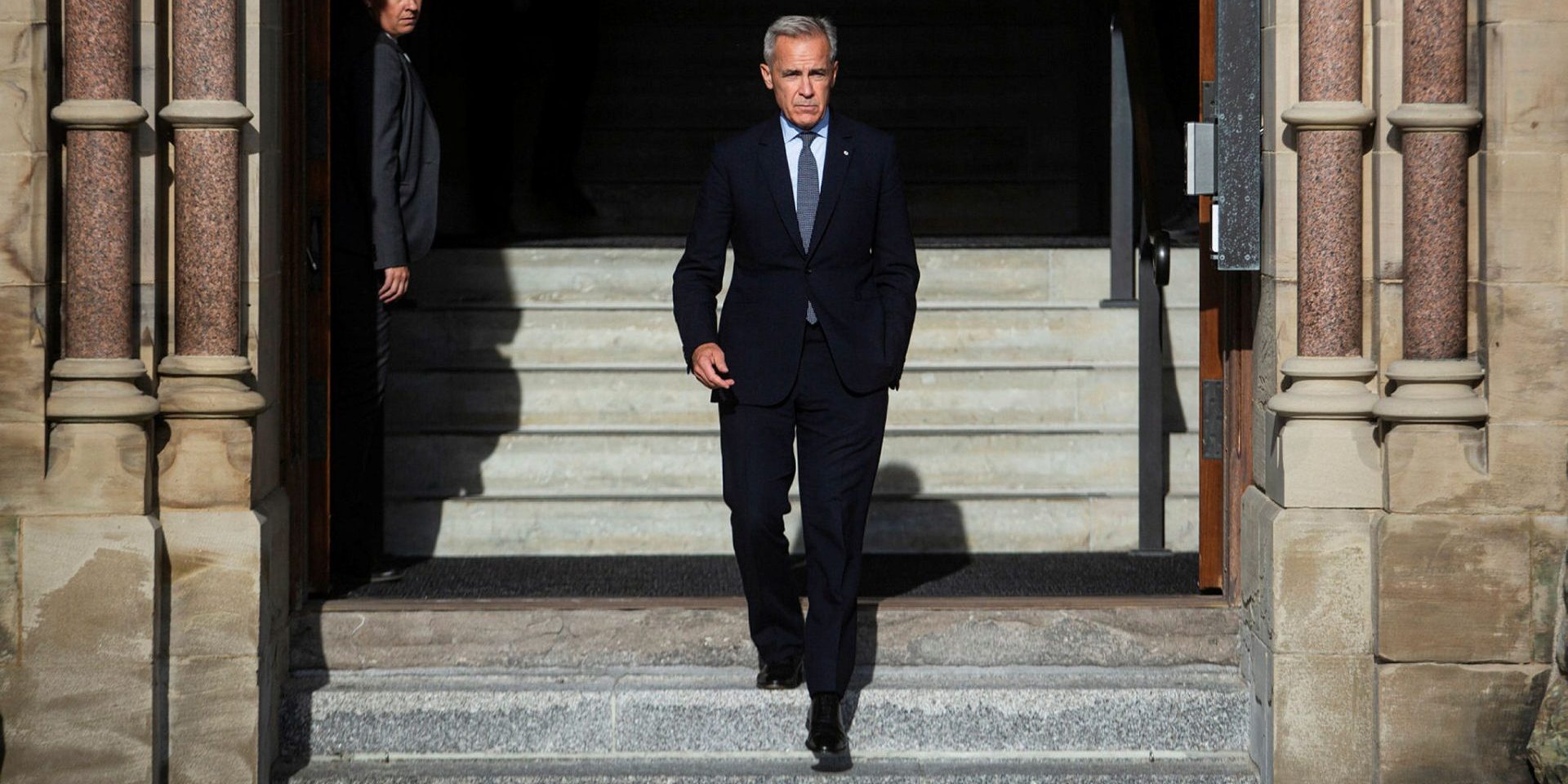Can Ukraine survive Trump?

LONDON, U.K.—We are getting very close to the point where United States President Donald Trump realizes that his dear friend Vladimir Putin has been playing him for a fool. The Russian president never had the slightest intention of moderating his war aims, which include the annexation of much of Ukraine, and the demotion of the rest to the status of a puppet state.
There have been no “peace negotiations,” just Putin tirelessly repeating his non-negotiable demands. He behaves like a man who is certain he will win his war of choice—but then, he has to. Any other outcome after three years of fighting and hundreds of thousands of Russian deaths would certainly lead to his removal from power, and quite possibly to his death.
Yet there is no evidence that Ukraine is really on the brink of defeat. Its soldiers are certainly tired, but so are Putin’s. The Russians are gaining ground so slowly—tens of metres a day along one or another small portion of the 2,000-kilometre front line—that at the current pace they would reach Kyiv in about 2029.
Trump will try to bully Ukraine’s President Volodymyr Zelenskyy into accepting Russia’s terms because he has no leverage over Putin. Trump will probably insist once again that Ukraine has “no cards,” and must submit, but that wasn’t true then and it isn’t true now. So, what will happen after Zelenskyy says “no”?
It’s almost certain that Trump would react by once again punishing Ukraine. The U.S. would immediately stop selling it arms, and—more importantly—cut off the flow of real-time intelligence data from U.S. satellites and long-distance surveillance aircraft that helps Ukraine intercept Russian attacks and strike Russian targets.
This wouldn’t spell military disaster for Ukraine, although it would cause thousands of extra Ukrainian deaths both at the front and in cities under Russian air and missile attack. Ukraine survived six months without U.S. aid when the Republicans in Congress halted arms deliveries in 2024, and twice more when Trump briefly stopped everything again this past February and March.
There would be no point in hanging on if the Ukrainians were ultimately doomed, but they aren’t. The two sides are effectively deadlocked, even if superior Russian numbers enable them to creep forward a bit from time to time. Sooner or later one side will break, but nobody knows which one or when.
That is how wars of attrition usually end: a sudden collapse of morale on one side or the other after years of stalemate, often triggered by a major offensive that either succeeds (in which case the attacker wins the war) or fails (in which case the defender wins). These collapses often morph into outright mutinies, and entire regimes are sometimes overthrown.
The war in Ukraine is almost the First World War in miniature: a long war of attrition with everybody driven below ground level by new weapons—machine-guns, and rapid-firing long-range artillery then; drones, drones, and more drones now.
At this point, three years in, the situation in Ukraine can be compared to the First World War in 1917. There was a lot of movement and ground changing hands in the early months of the war, but then it was down into the trenches and bloody deadlock ever since. The soldiers are now nearing the end of their rope, and the generals are getting desperate.
There were three big offensives in 1917. The French one failed so badly that much of the army mutinied, and France was effectively out of the fighting for the rest of the war. The Russian offensive failed even more disastrously, and not only the army but the whole empire collapsed. The German one succeeded, and the Italian army fled 150 km to the rear.
Germany’s great offensive in spring 1918 came within an ace of success, and then collapsed utterly. The army mutinied, and Germany surrendered in November 1918.
So, what lessons can Ukrainians draw from these examples? First: it ain’t over till it’s over. And two: stay on the defensive, and wait for the Russians to break. It could happen. See above.
Gwynne Dyer’s new book is Intervention Earth: Life-Saving Ideas from the World’s Climate Engineers. The previous book, The Shortest History of War, is also still available.
The Hill Times






 LICENSING
LICENSING PODCAST
PODCAST ALERTS
ALERTS


